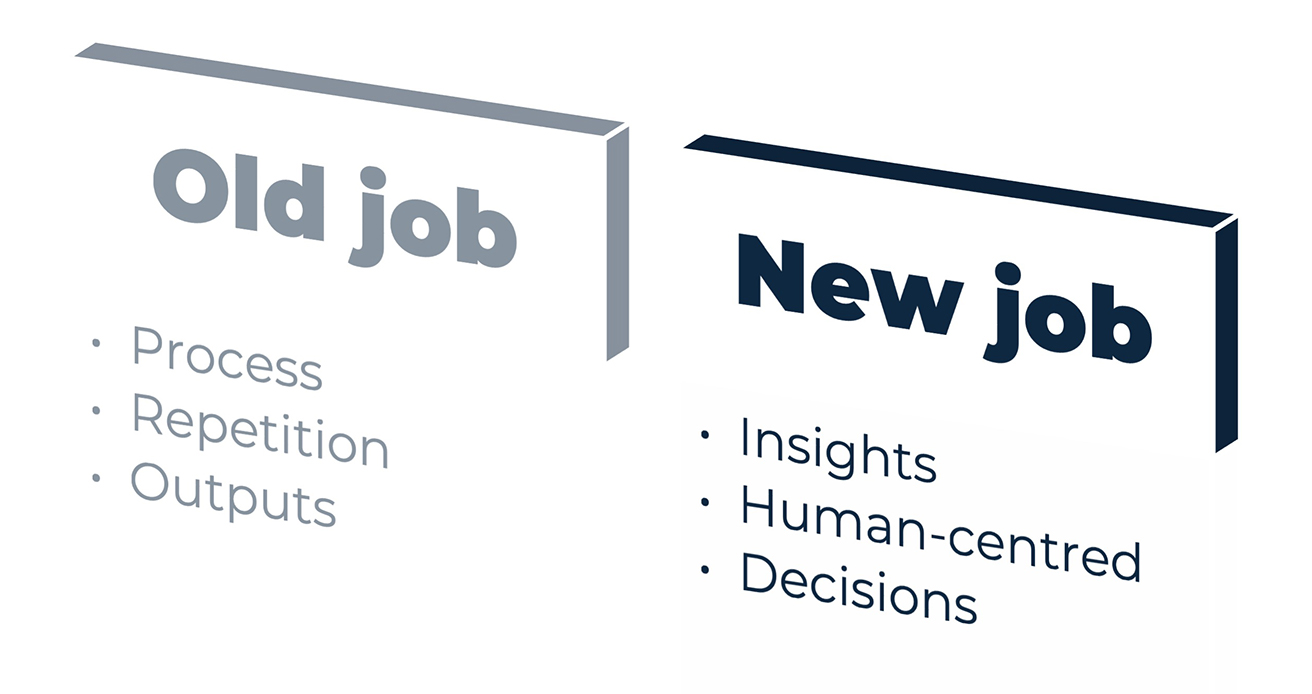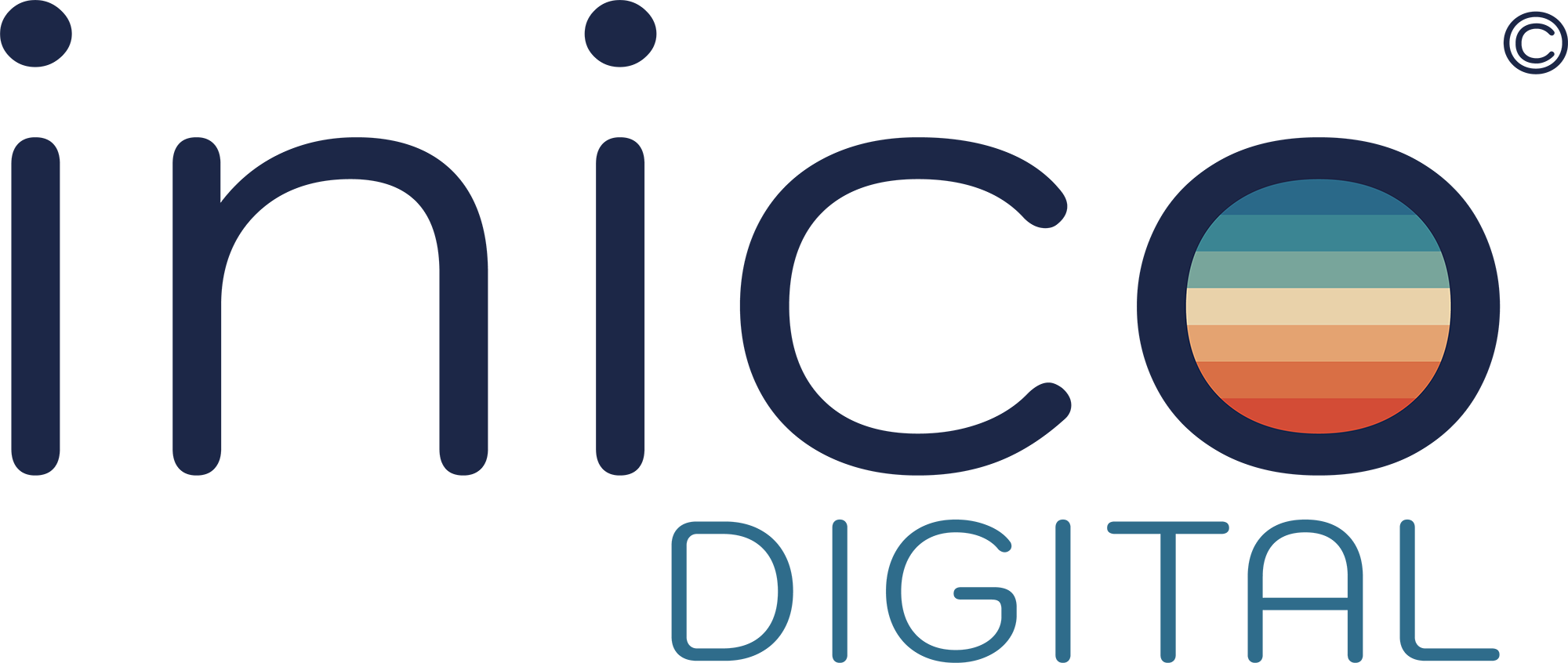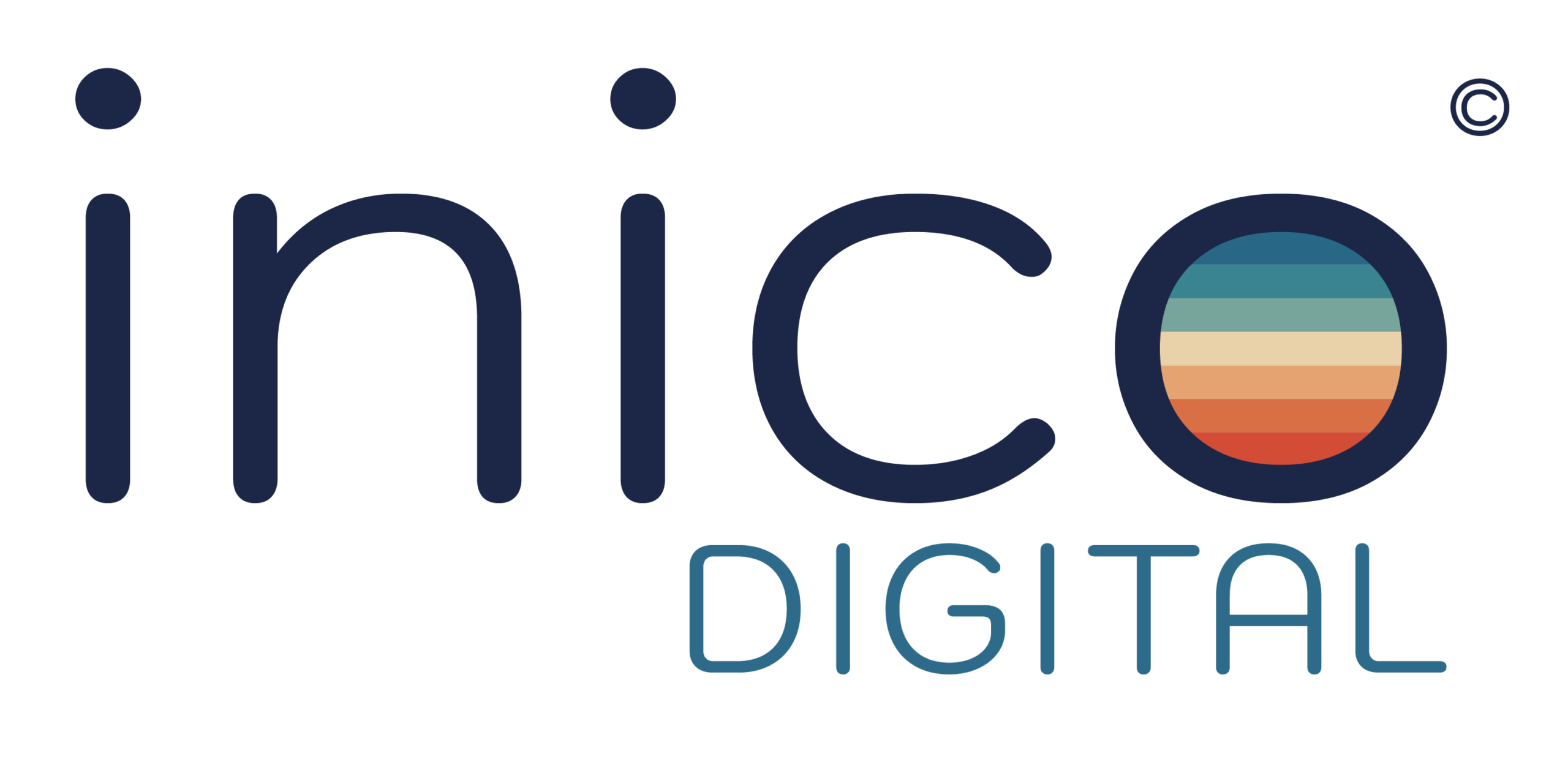If AI is the tool. What’s the real job?
AI has been busy.
It drafts documents, summarises meetings, plans projects and generates content. The tools are everywhere. But behind the automation is a more human question:
If AI is now doing the work – what is the real job left for us?
It’s the kind of question that feels technical, but cuts to the core of strategy, culture and purpose. Especially in education, where the implications are already profound.
From output to outcome
In most organisations, work has long been defined by output: how fast, how much, how repeatable. But AI has flipped that on its head. Machines now outperform us on scale and speed – so the real differentiator isn’t execution, it’s sense-making. The job isn’t to answer questions faster. It’s to ask better ones.
In this new landscape:
- Leaders become curators of clarity, not just managers of activity.
- Teachers shift from content-deliverers to context-builders.
- Students aren’t just assessed on recall, but on adaptability, insight and ethical judgment.

AI in education: augment or undermine?
AI is already in classrooms – writing essays, generating lesson plans and auto-marking homework. The risk doesn’t seem to be overuse, but underthinking.
If we reduce education to what AI can automate, we’ll hollow out its most vital purpose: preparing people for a world that can’t be automated.
That means:
- Designing curricula that prioritise thinking over memorising.
- Measuring success in terms of creativity, collaboration, and citizenship.
- Training educators not just to use AI – but to challenge, contextualise and critique it.
The smartest education leaders aren’t asking how to adopt AI.
They’re asking: what are we now free to teach?
Reframing the job
We’re seeing the same reframing in sectors across the board:
- In consulting, AI writes the slides – humans deliver the insight.
- In public service, AI handles queries – humans build trust.
- In business, AI powers decisions – humans own the consequences.
The work left for people is harder to define. It’s messier. More human. It often doesn’t show up on a dashboard.
But it’s the work that matters.
So what’s the real job?
The real job now seems to be:
- Interpreting what AI can’t explain.
- Connecting people in ways AI can’t replicate.
- Deciding when AI should stay out of the room.
This isn’t a loss of relevance. It’s a redefinition of value.

